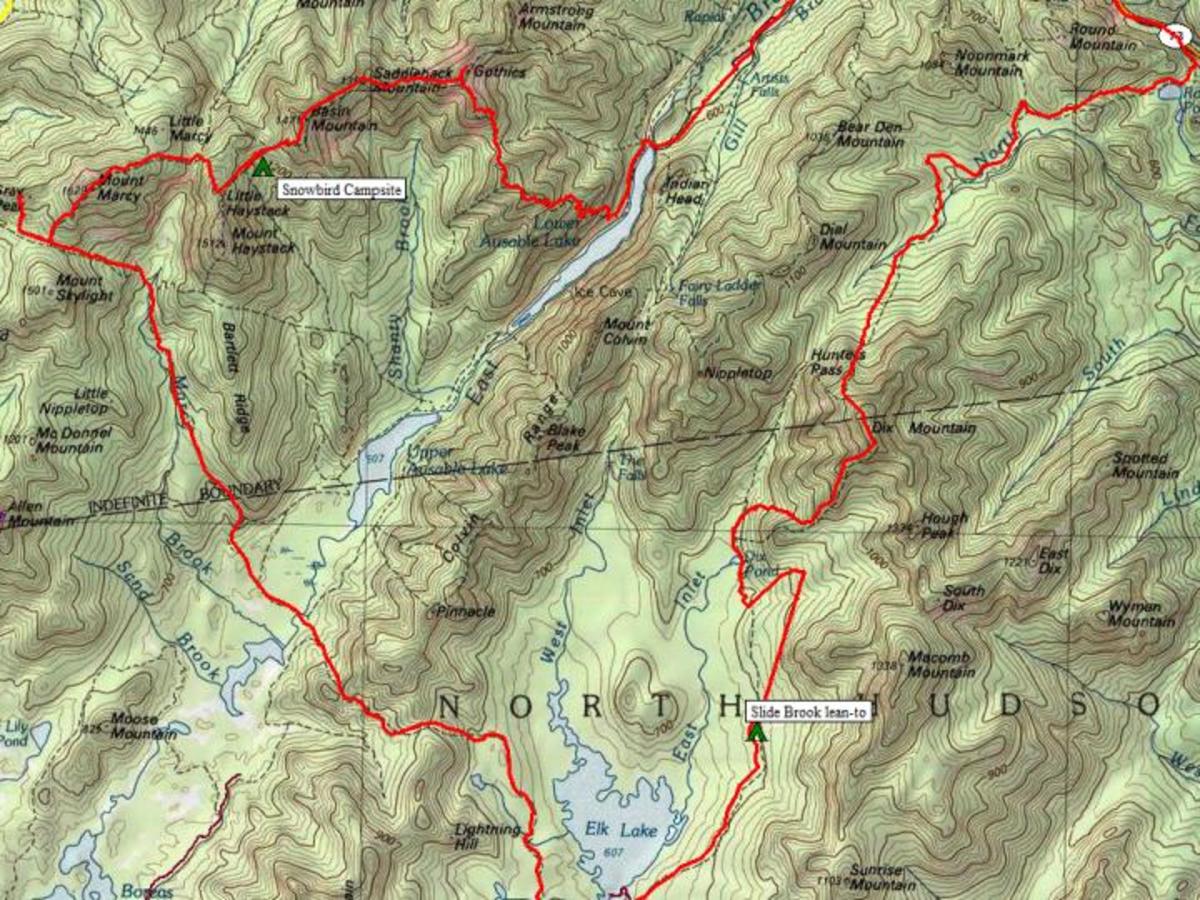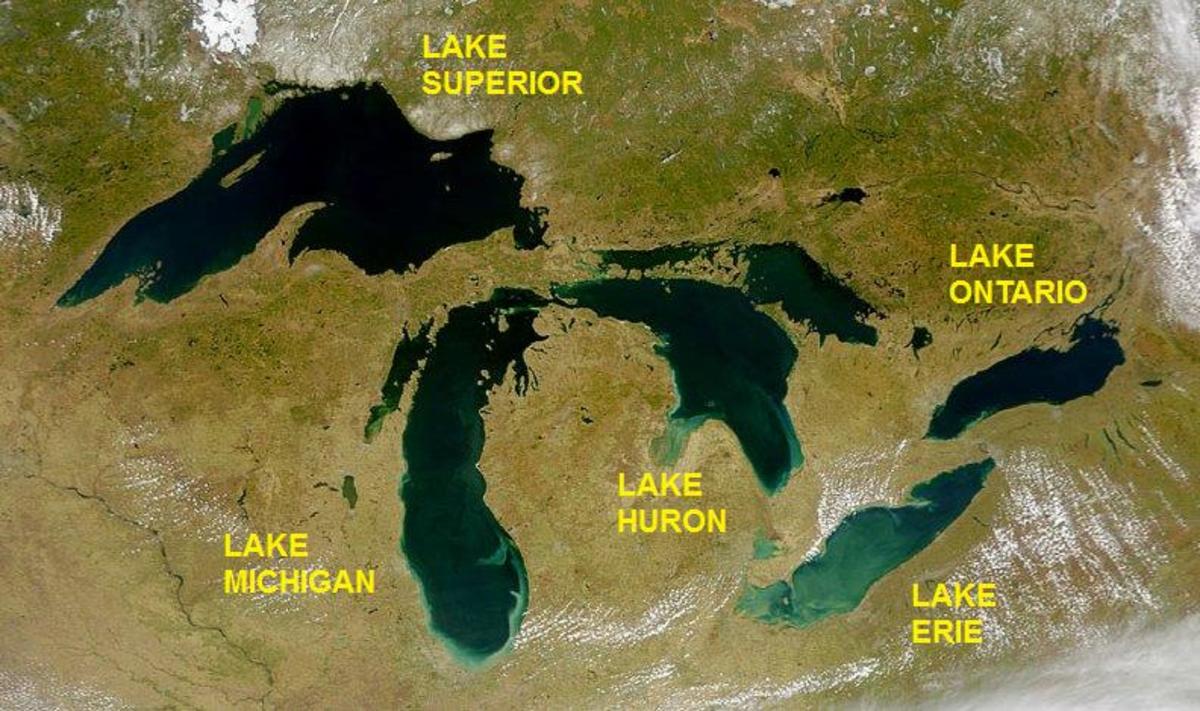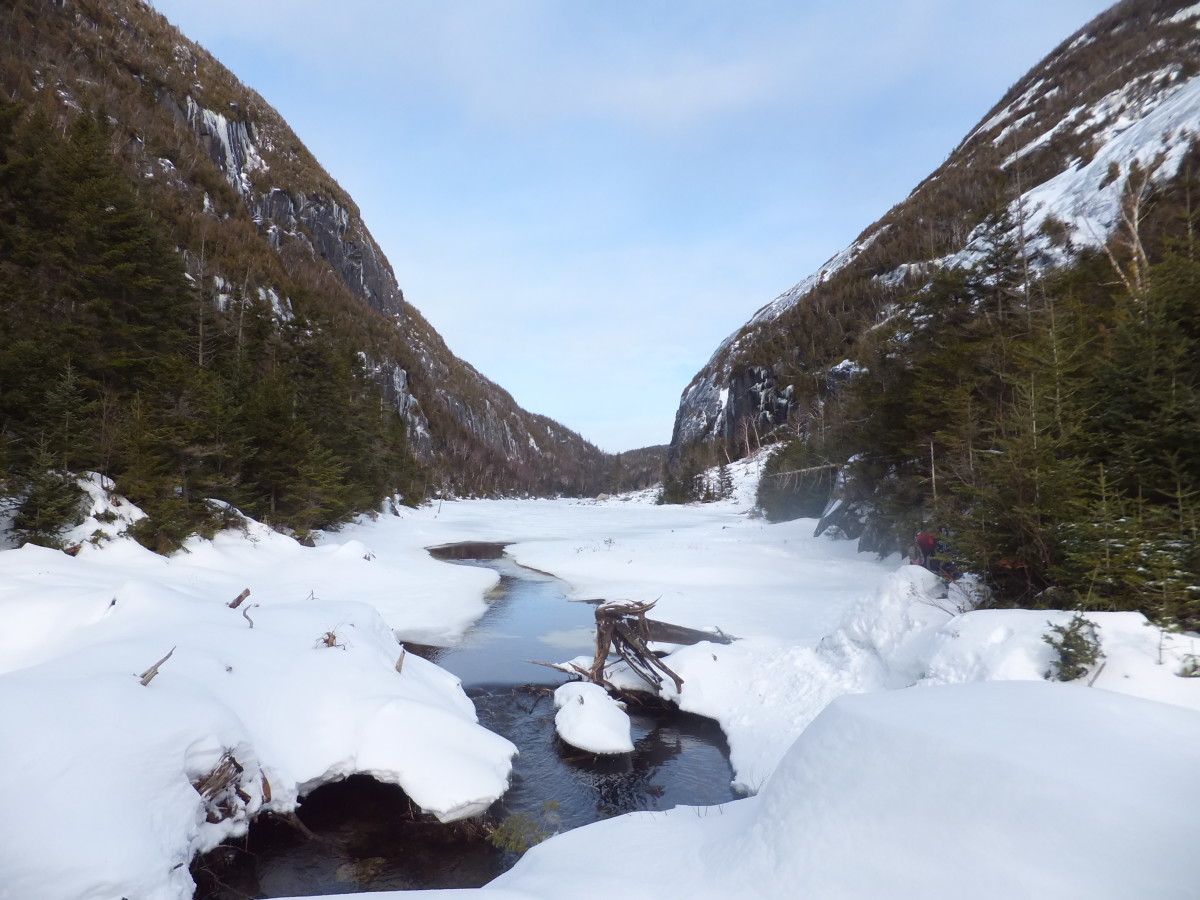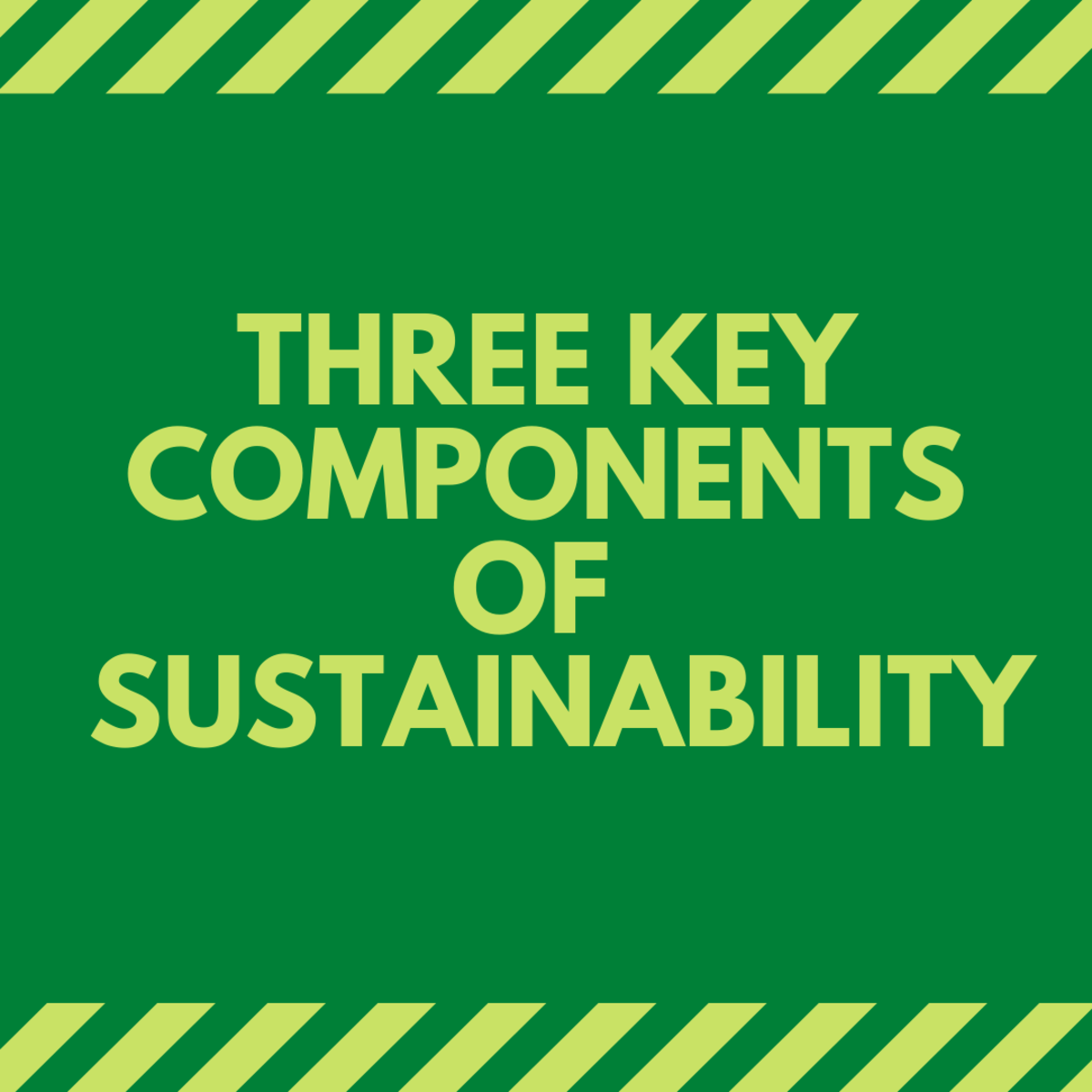Water Resource Issues: Adirondacks and Lake Superior
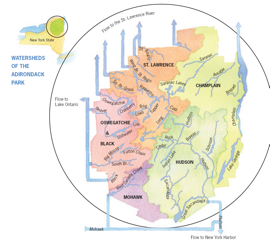
In 2008, the Adirondack Council released a report that outlined 8 major threats to the regions water resources. The Adirondack Waters: Resource at Risk lists Acid Rain, Mercury Pollution, Global Climate Change, Aquatic Invasive Species, Inadequate Sewage Treatment, Suburban Sprawl, Adirondack Water Diversion and Road Salt as major issues. Similar problems are plaguing Lake Superior; contamination by mercury, PCBs and dioxins, Wastewater discharge, water diversion, poor conservation techniques, global climate change and pesticide accumulation.
The Adirondack Mountains are located in northeastern New York. The Adirondack Park encompasses approximately six million acres of land, containing the United States highest mountain peaks and the headwaters of five major drainage basins: Lake Champlain, the Hudson, Black, St. Lawrence and Mohawk Rivers. The combined volume of 4 Adirondack Park lakes (Lake George, Lake Sacandaga, Tupper Lake and Raquette Lake) exceeds one trillion gallons.
According to The Adirondack Waters: Resource at Risk , more than 700 bodies of water in the Adirondack Park have been affected and native species have been threatened by acid rain. Mercury, which is a product of coal plants and industrial facilities, has been found to be present in various species of birds and local fish and is known to be a neurotoxin. Additionally, with the threat of climate change, and the possible increase in precipitation in the Adirondack Park, higher water levels can alter stream flow, increase sediment and runoff and decrease water quality if wastewater treatment systems are compromised. On the flipside, an increase in temperature would threaten tourist activities (skiing etc.) in the area. Human health, drinking water and recreational activities are also susceptible to aging septic systems and treatment plants. Another particular problem of importance in the Adirondacks is the increasing run off and erosion due to suburban sprawl. Water quality can be altered, as the runoff may contain sediments, thus polluting the water; not forgetting an increase in runoff would mean more risk for flooding. Linked to suburban sprawl, is the seeping of road salt into groundwater sources. The storage of these deicing compounds is currently unregulated and the salt tends to leach into aquifers.
A Report assessing issues affecting the Great Lakes, The fate of the Great Lakes: Sustaining or Draining the Sweetwater Seas? lists the stresses disturbing the lake as:
- Development, stressing the water and sewage systems.
- Diversions of water to the American Southwest
- Low water rates, which discourages the conservation of water.
- Climate change which can affect the concentrations of carbon dioxide emissions in the Great Lakes basin
- NAFTA regarding water as a good that can be freely traded.
In addition, further assessment by community based groups also include mercury, dioxin and PCB contamination, of which the most of the PCBs and mercury entering the lake is a result of transboundary pollution.
Both areas have launched similar programs to save their water bodies. For road salt, the Adirondack council intends to promote legislative action concerning proper storage and sensible application of road salt, also encouraging alternative ice controls. They also see the need for policies and laws that can prevent commercial exploitation of the waters, and of course, citizens themselves must educate themselves on best water conservation practices.
As a result of suburban sprawl (in the Adirondacks) and (possibly) bad management and disposal practices in both areas, there is an increase of pollution entering the waters in various forms: nitrogen and phosphorous, and pesticides from lawns and gardens, dioxin and mercury pollution and inadequate water treatment. The Adirondack Council intends on advocating state regulations on septic system inspections.
The National Wildlife Federation has propelled Lake Superior Community Projects, securing the commitment of concerned citizens. The highlighted projects that have been undertaken include:
- Lake Superior Campus Chlorine-free Paper Cooperative Project- to encourage colleges to purchase chlorine free paper, creating an economic incentive for paper producers to switch to cleaner papermaking technologies which do not use chlorine.
- Dioxin reduction by eliminating/reducing dioxin and other toxic chemical emissions by eliminating burn barrels.
- Encouraging local government officials to pass resolutions supporting a special designation for Lake Superior, which prevents new or increased discharges, or chemicals, which are targeted to be eliminated.
- Encouraging mercury reduction in Hospitals, mercury pollution prevention at wastewater treatment plants and communitywide mercury reduction programs.
- Reduction of pesticides via the Green Thumb Project that offers alternatives to pesticide use.
Both areas have promising initial projects and proposals. It can also be suggested that each can lobby for increased policies on transboundary pollution, since many pollutants can travel long distances and deposit in these water bodies, no matter how much discharge within the area is curtailed. Also, public awareness should be raised through local campaigns; especially concerning issues such as water conservation and chemical seepage from pesticides and fertilizers.
Water issues are projected to become the worlds next major hurdle, with the supply of freshwater becoming a very critical issue. Assessment and monitoring of global water resources will be priority in the years to come. To prevent such issues, we need to first understand the importance of water and not trivialize its significance. Action needs to be taken now, before it gets to a point where nothing can be done.
Resources:
Adirondack Council: Water Resources at Risk. Nordlys Foundation
. 2008
Yee, Lisa. National Wildlife Federation, Great Lakes Natural Resources Center. Protecting Lake Superior: A Community based Approach. April 1998.
Additional Reading Resources:
Great Lakes Binational Toxics Strategy. Wisconson Mercury Source Book. A Guide to help your community identify and reduce releases of elemental mercury. <http://www.epa.gov/glnpo/bnsdocs/hgsbook/>
Deposition of Pollutants due to transboundary Pollution.
<http://www.seagrant.wisc.edu/communications/publications/One-pagers/aircontam.html>
Water Pollution in the Great Lakes:
<http://www.great-lakes.net/teach/pollution/water/water1.html>

